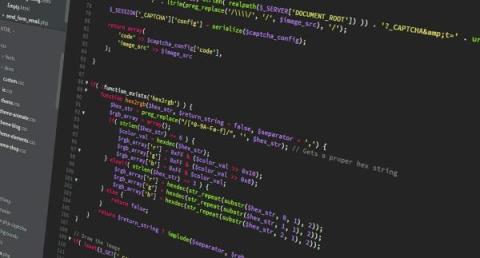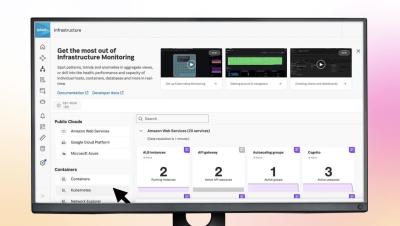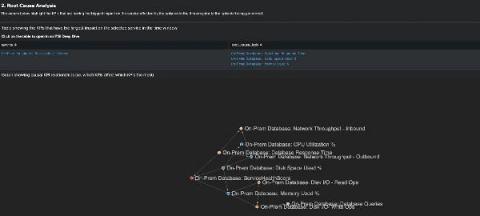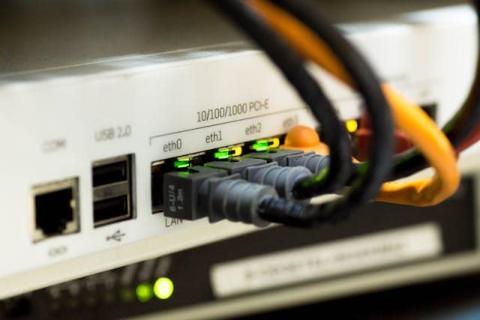New Splunk Innovations Help Build a Leading Observability Practice for the Whole Enterprise
So much goodness is coming your way! Find out all about the latest and greatest from Splunk Observability that helps you keep your entire stack up and running, no matter where it’s deployed or who’s troubleshooting.











